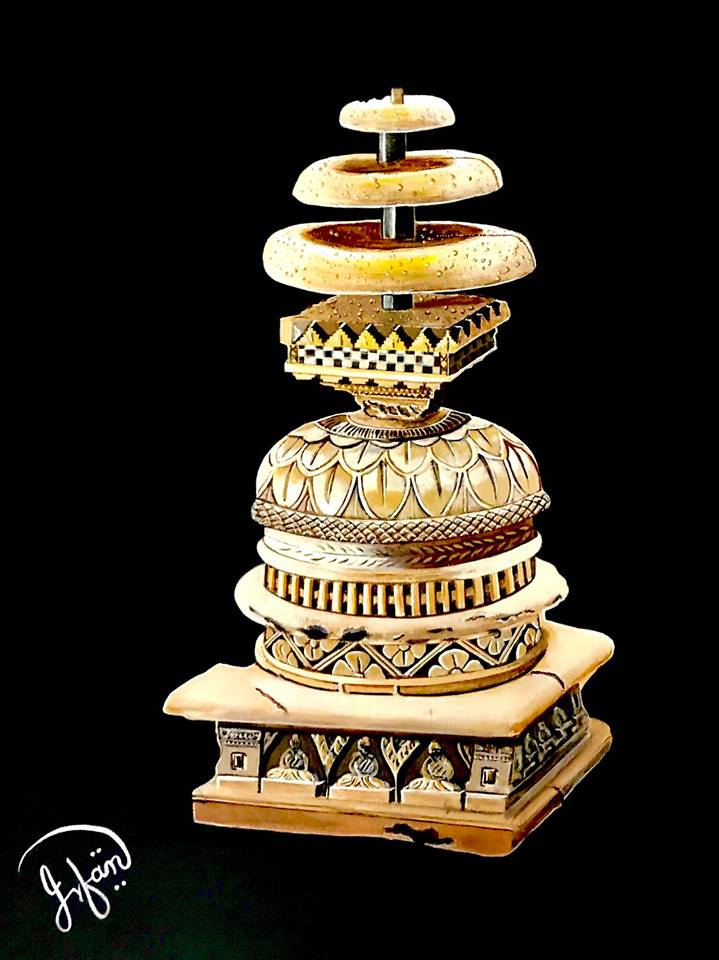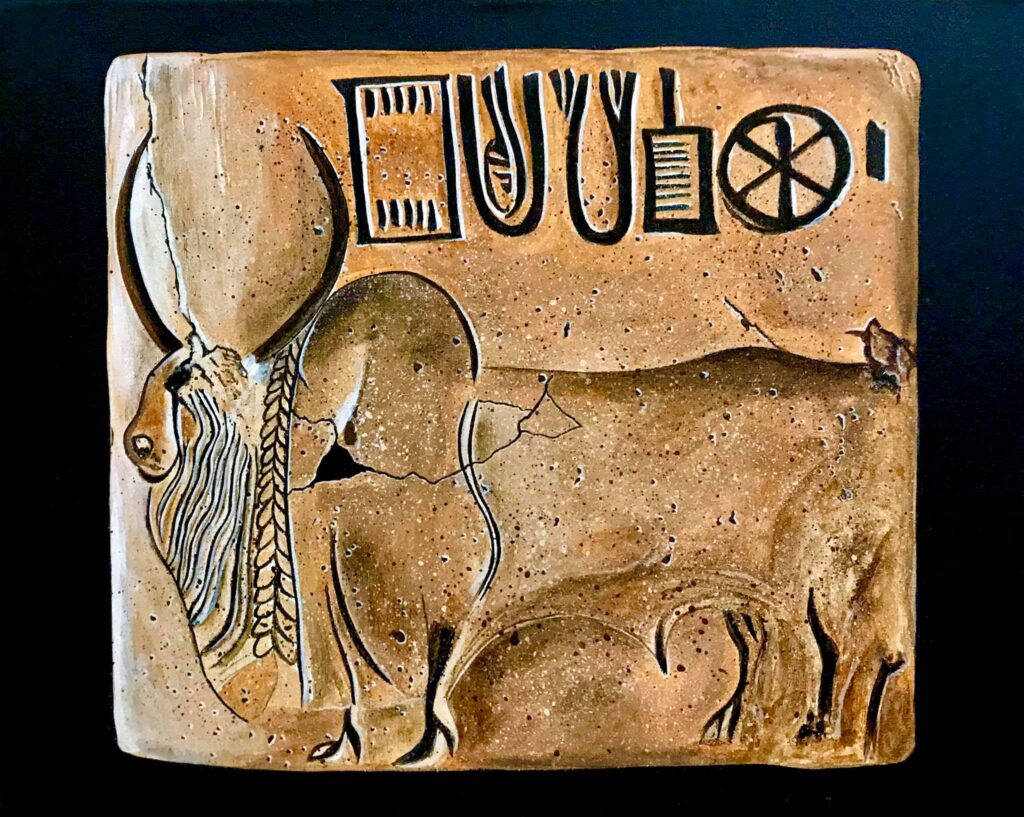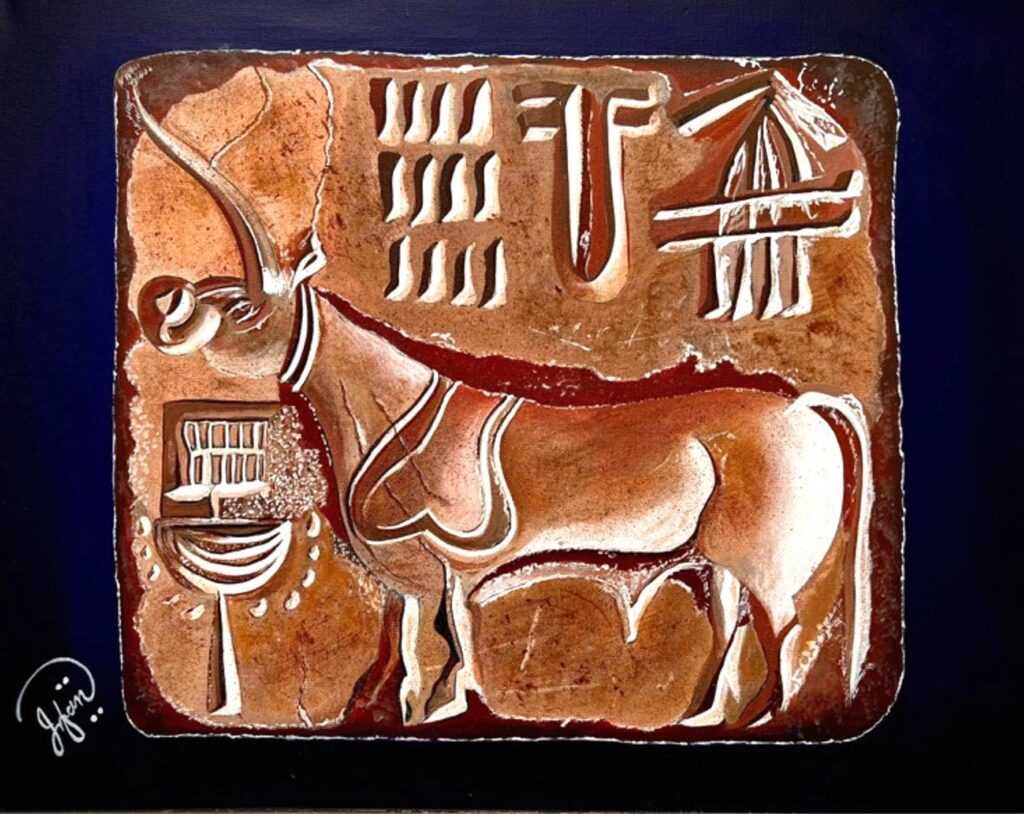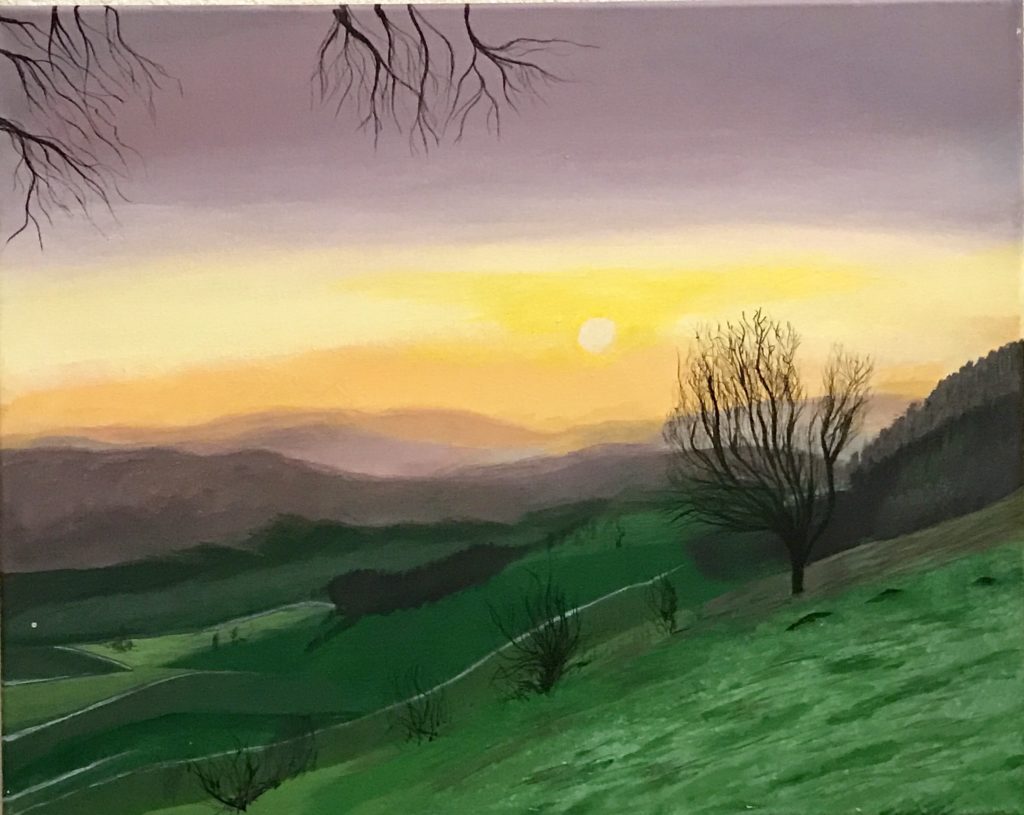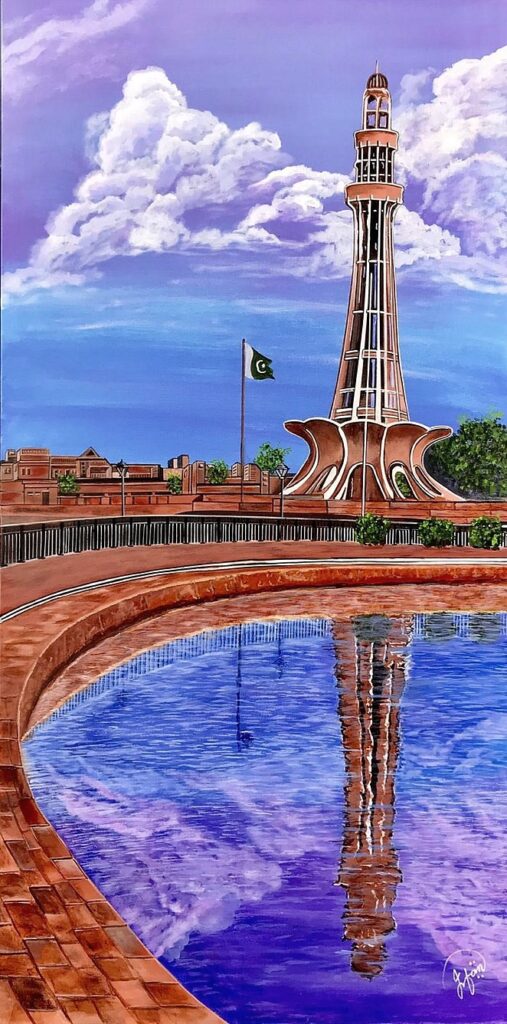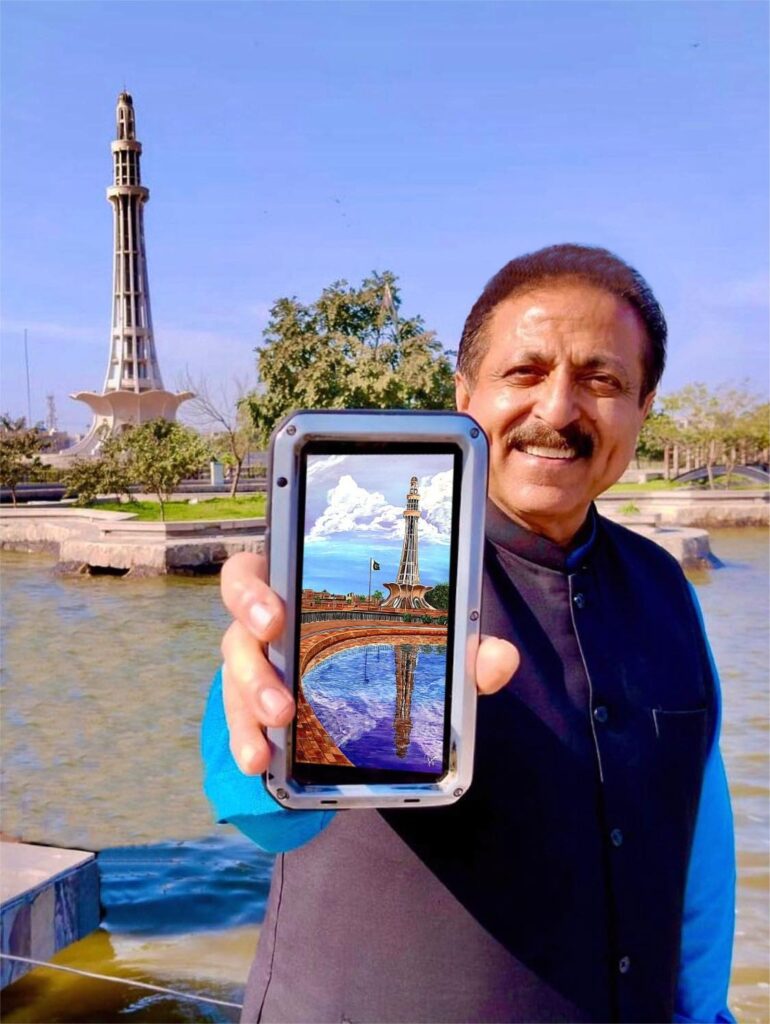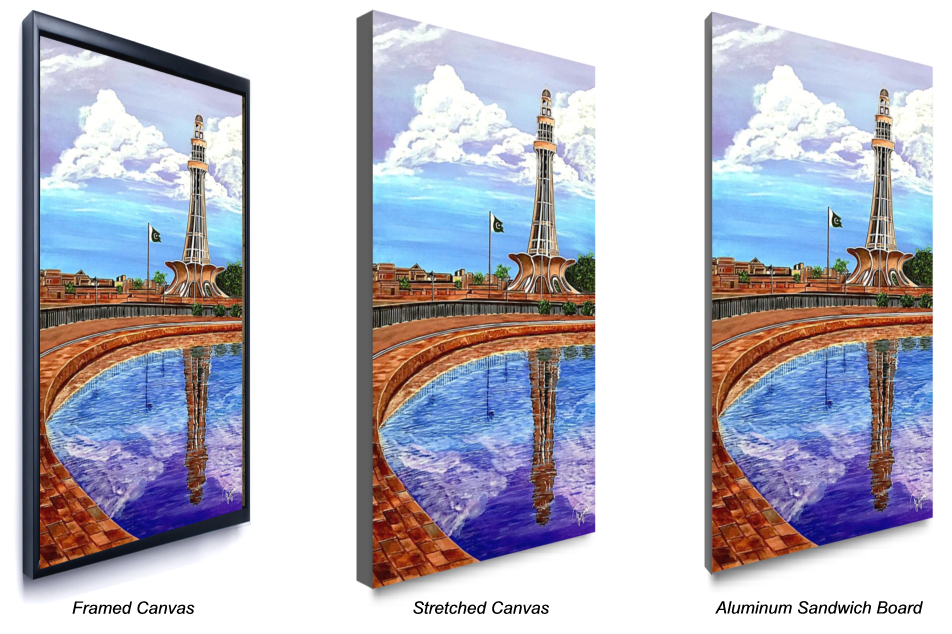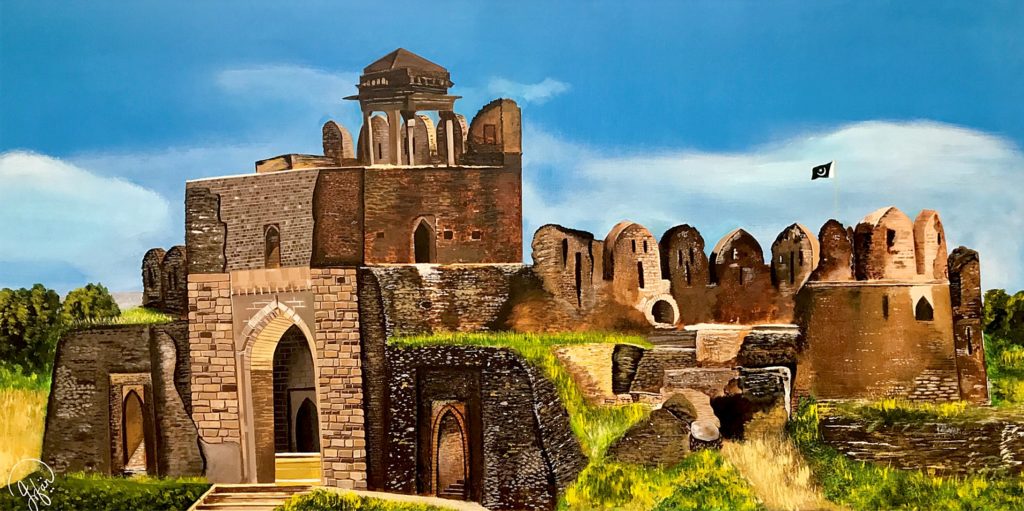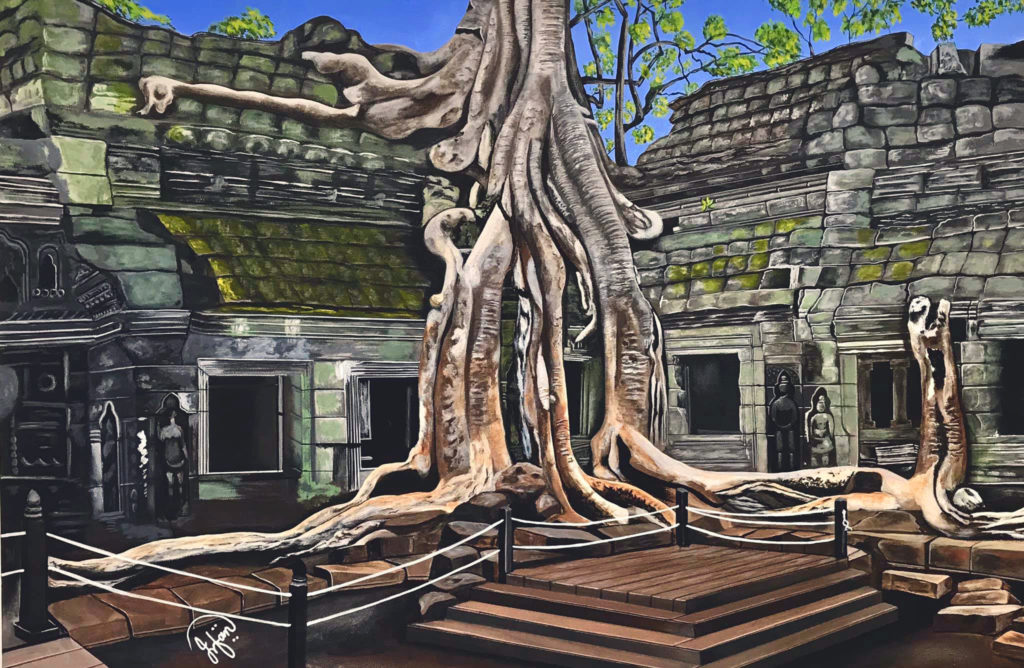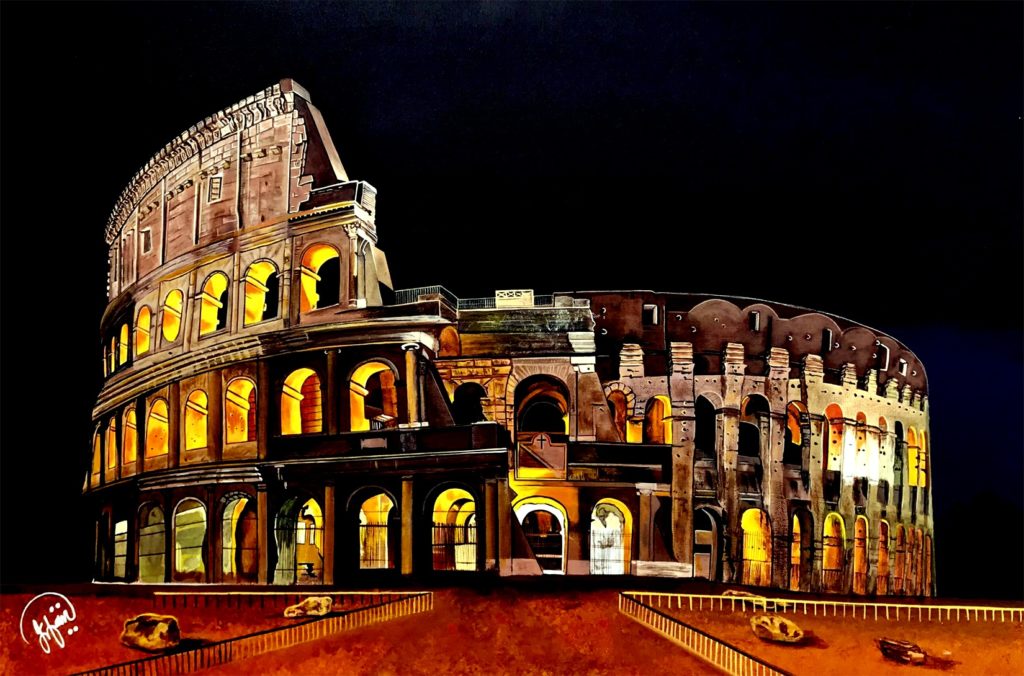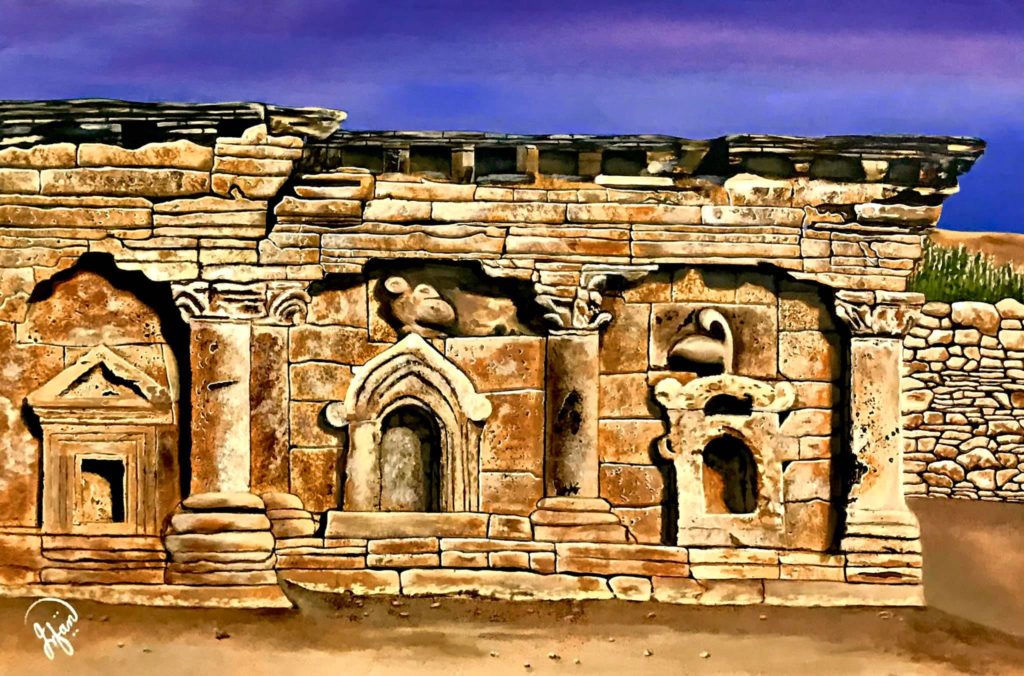SHAHJAHAN MASJID 36″ X 24″
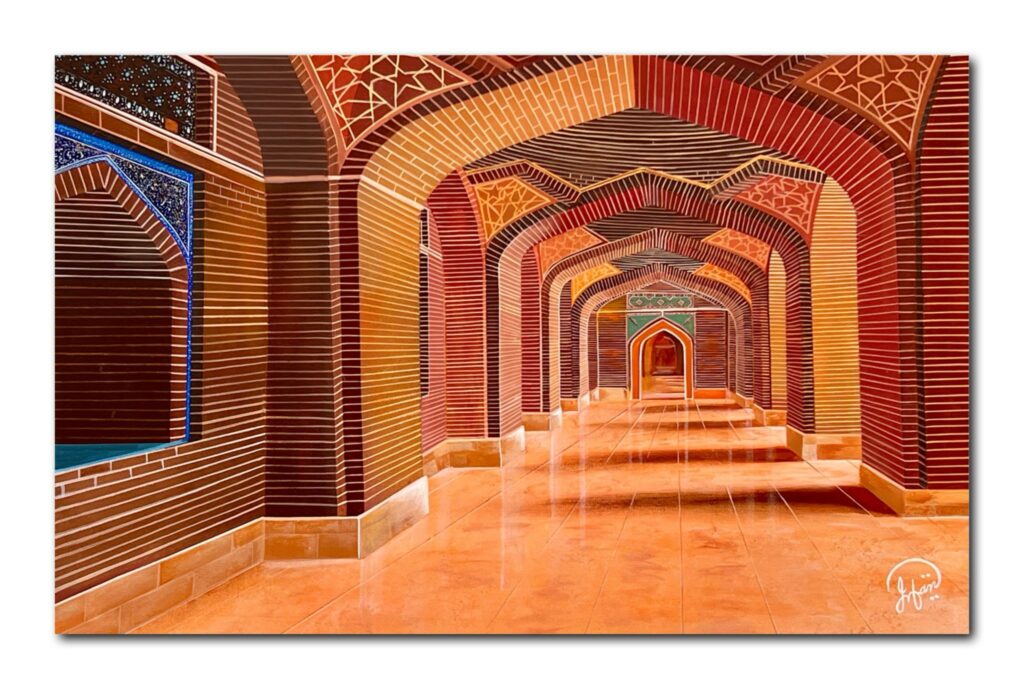
SHAHJAHAN MASJID 36″ X 24″
- Thatta, Pakistan
- 1647 A. D.
The Shah Jahan Mosque, also known as the Jamia Masjid of Thatta is a 17th-century building that serves as the central mosque for the city of Thatta, in the Pakistani province of Sindh. Persian inscriptions at the mosque indicated that it was built between 1644 and 1647
The mosque is considered to have the most elaborate display of tile work in South Asia and is also notable for its geometric brickwork – a decorative element that is unusual for Mughal-period mosques. It was built during the reign of Mughal emperor Shah Jahan, who bestowed it to the city as a token of gratitude, and is heavily influenced by Central Asian architecture – a reflection of Shah Jahan’s campaigns near Samarkand shortly before the mosque was designed. Restoration works were carried out by Emperor Aurangzeb in 1692, as well as by Murad Ali Khan Talpur in 1812.
$ 4200.00
E-Mail: contactirfanmurtaza@gmail.com
__________________________________________
WE PRINT THE ART ACCORDING TO YOUR DESIRE
Every piece of art is also available in multiple products and sizes to fit any décor style or budget.
We are here to help you find the perfect art for your home. We print your favorite art on
high-quality stretched canvas, framed canvas, and also on aluminum sandwich boards.

